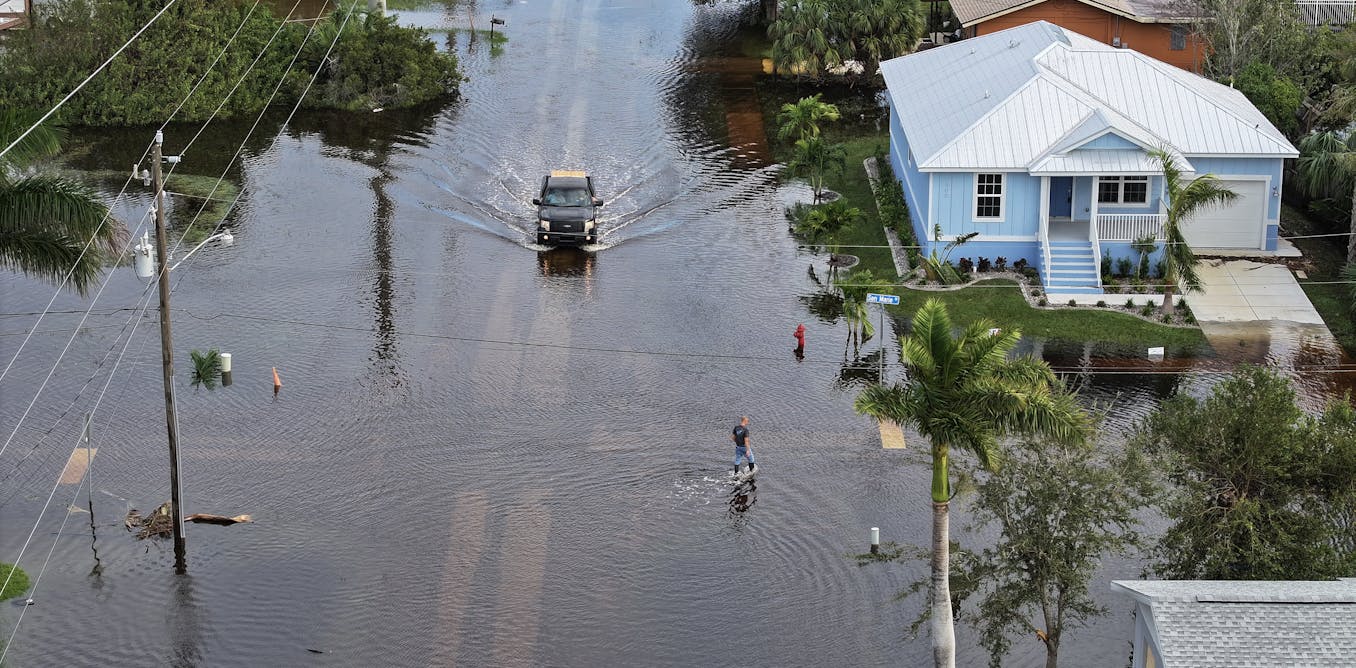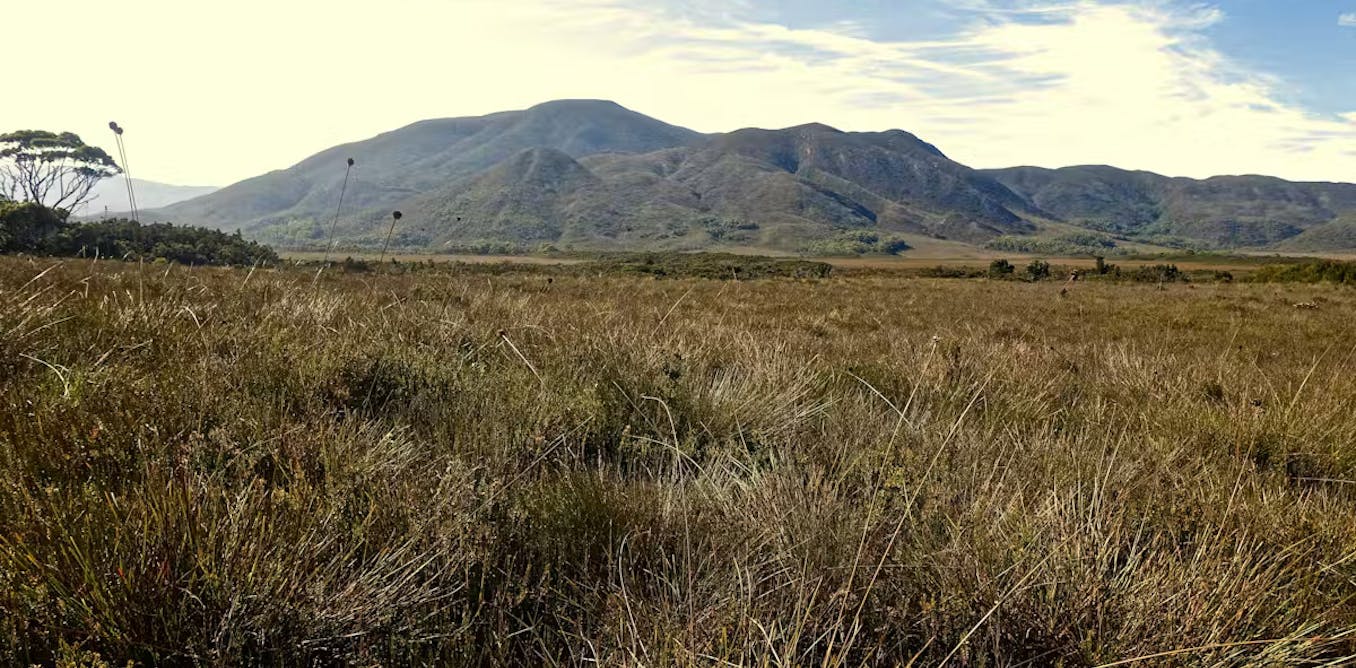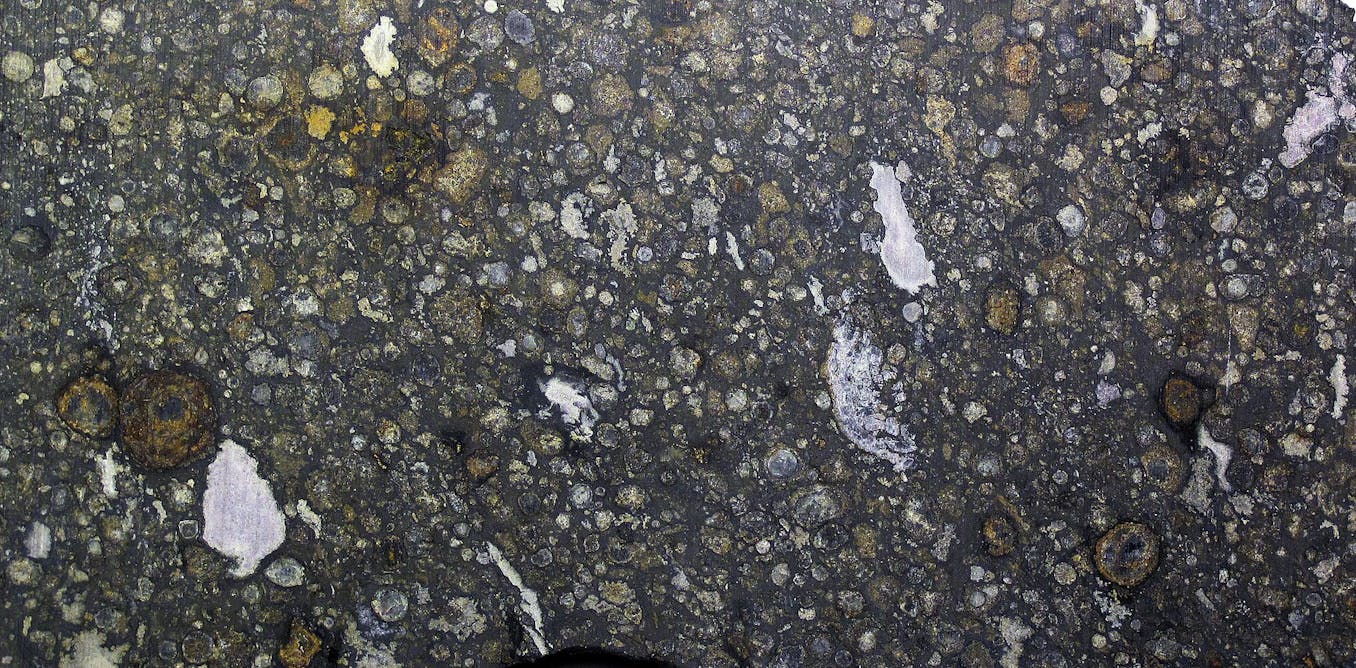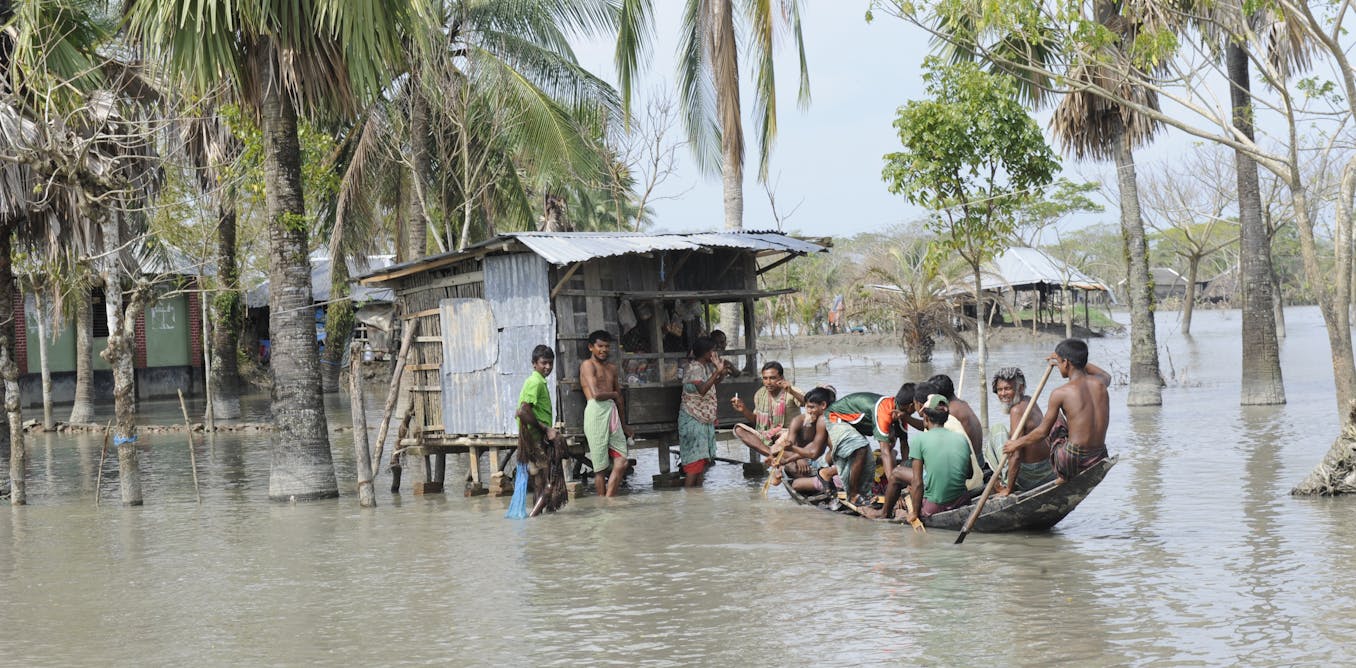Just a few years ago, Paris was known for its thick layer of smog. Diesel exhaust and fine dust made it one of the most polluted capital cities in Europe. But today, the French capital tells a different story. Strict emission rules, speed limits, diesel bans, and fewer parking spaces have cleaned up the air—and prevented thousands of premature deaths.
Less Asphalt, More Life: Paris Shifts to People
Since her election in 2014, Mayor Anne Hidalgo has pursued a clear goal: to give Paris back to its people—not to cars: The city is replacing parking spots with green spaces, turning grey plazas into parks, and transforming streets into pedestrian-friendly zones. A key symbol of this shift: in 2016, Paris banned cars from the right bank of the Seine and created a riverside promenade that is now seen as a landmark of urban renewal.
Paris has cut toxic air pollution by up to 40% by reducing car traffic 🚗💨
Just like London’s ULEZ, it’s proof that smart, bold policies deliver cleaner air and better health.
Now it’s time for more cities to step up and put health first. Learn more👇https://t.co/cXF7iobvoS
— Possible (@_wearepossible) May 6, 2025
From Car Capital to Bike City
The most visible change? Bikes. Paris has removed traffic lanes and turned them into bike paths. The city’s cycling network has grown by 40% since 2015 and now stretches over 1,000 kilometers. Between 2015 and 2026, Paris is investing more than €400 million in bike infrastructure. And it’s paying off: in many neighborhoods, bikes now outnumber cars. Today, less than 5% of trips in Paris are made by car.
Parisians Say Yes to Green Streets: 500 Roads to Go Car-Free
On March 24, 2025, residents of Paris backed a new plan to pedestrianize 500 additional streets across the city. Though only 4% of registered voters took part in the referendum, nearly two-thirds voted in favor of the so-called “garden roads.” As a result, the city will remove around 10,000 parking spots and replace them with trees, benches, and green public spaces. The goal: around 25 new car-free streets per arrondissement, prioritizing neighborhoods near schools. For Mayor Anne Hidalgo and her team, it’s a clear mandate to keep transforming Paris into a cleaner, greener, and more livable city.
The 15-Minute City: Everything Within Reach
Paris is also pushing the idea of the “15-minute city”: a place where everything—doctors, schools, markets, and culture—is just a short walk or bike ride away. Known in French as “la Ville du Quart d’Heure,” this concept aims to cut traffic, support local businesses, and create vibrant, walkable neighborhoods.
Half the Emissions, One-Third Fewer Deaths
The results speak for themselves: since 2014, air quality in Paris has improved dramatically. According to environmental agency Airparif, fine dust pollution has dropped by about 40%, and nitrogen dioxide levels have fallen by 50%. Most impressive: between 2010 and 2019, deaths caused by air pollution fell by one third. Or, as Mayor Anne Hidalgo puts it:
“Paris is spearheading a number of initiatives to improve people’s health and well-being, and advancing climate action and clean air zone policies to put humans, rather than vehicles, at the heart of our city.”
The rights to the content remain with the original publisher.

The post “Clean Air, More Bikes, Fewer Deaths: Paris’ Transformation” by Sophie Wenkel was published on 05/07/2025 by thebetter.news






































Leave a Reply